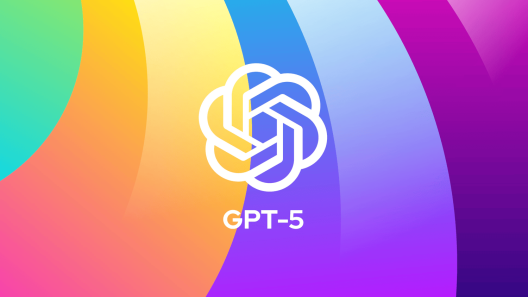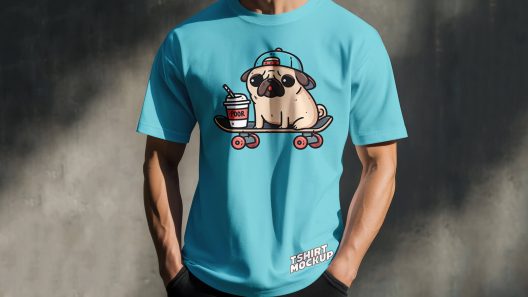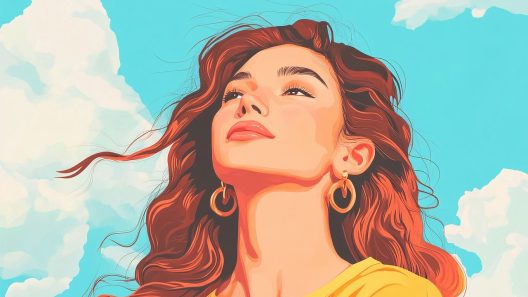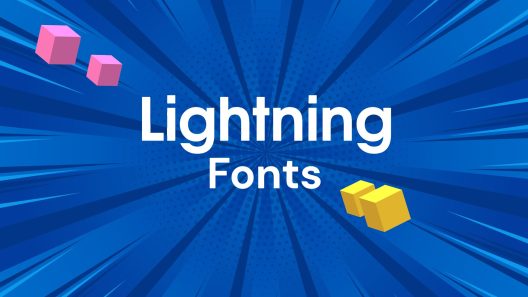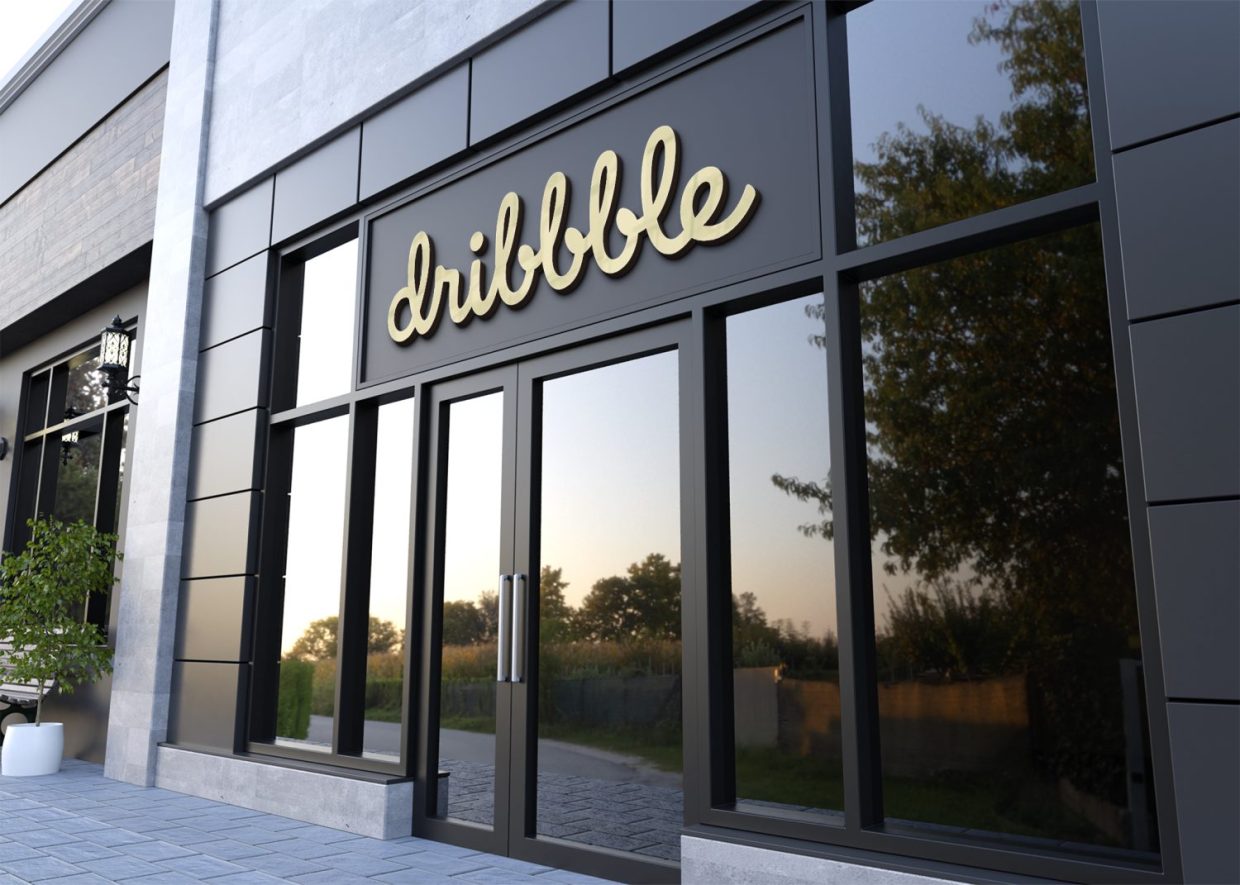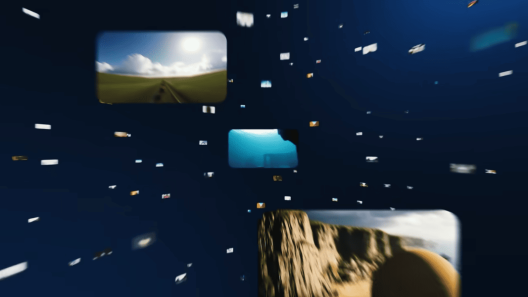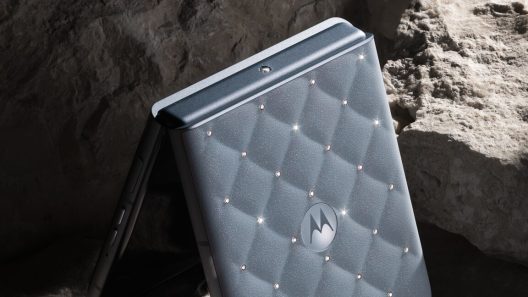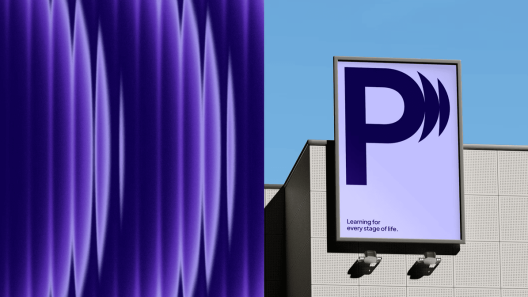Dribbble is no longer a place where designers can feel free and fearless. Even if you didn’t make any mistakes, listened to the program’s settings, created your account for 15 years and now the day comes when this company bans you. That’s what happened to “Top Designer”.
Dribbble has permanently banned more than 50 of designers from its platform following a new effort to pivot to a marketplace and chase monetization. This includes one of the platform’s most well-known designers, Gleb Kuznetsov, founder of the San Francisco-based design studio Milkinside.
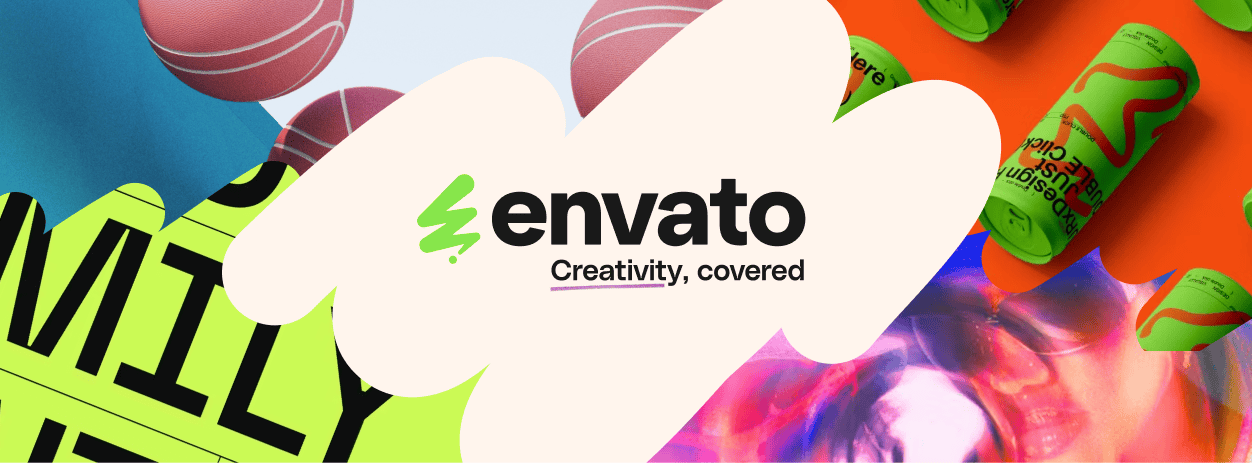
Dribbble has deleted the “Top Designer” by Gleb Kuznetsov account with over 210 million followers after he shared his contact information with potential clients on the platform, violating its new terms and conditions.
Kuznetsov wrote in a post on the platform X: “I’ve attracted over 100,000 clients a month. 15 years of work. Over 12,000 photos. All of them automatically deleted because the client asked for my email address. One warning. No solicitations.”
Tired of the changes at the company, which helps product, UX, web and other digital designers showcase their portfolios and attract new clients, Kuznetsov says he has been talking to merchants about starting a competitive platform for designs.
Shortly after he posted the message on social media, Dribbble customers expressed shock and anger at the decision, considering Kuznetsov one of their biggest inspirations and regretting that the platform had made such a misguided move.
Meanwhile, Dribbble says Kuznetsov was warned several times for violating the new rules, with the final discovery being an email.
In an email in March confirming the roughly 750,000 designers who were allowed to communicate with others on the platform, Dribbble said it was no longer allowing designers to share their contact information with potential clients until their client made a payment through its platform.
The company described the change as designed to protect designers from non-payment and allow Dribbble to continue operating its business.
The announcement was also posted to social media and the company blog.
Nevertheless, Kuznetsov claims that non-payment is not a very common drawback, and in fact this change is related to Dribbble’s attempt to further reduce the work of designers.
Dribbble does not deny this.
A new Dribbble competitor emerge?
Kuznetsov decided to go his own way, saying he was hurt by the changes to Dribbble. It affected not only him but the entire design community.
“It won’t be a copy of Dribbble,” he says of his upcoming startup. Instead, it will be a resource for designers that will also use artificial intelligence.
While there has been a lot of negative feedback about AI models learning from creators’ work without compensation, Kuznetsov believes the technology has potential for use in the fields of inspiration, creativity, and design.
“There’s a big gap in the market right now… Everyone is building AI startups, but no one is really building AI startups for designers,” Kuznetsov notes. “AI is something that can really elevate our creative capabilities and make them much better. It will help us not only make more money and grow, but also create things that we never thought were possible without specific skills.”
Kuznetsov says he expects to have an MVP (minimum viable product) ready in three or four months.
“We need to be really smart about how we invest our time – how we give our best and give our life to other platforms. Diversification of that investment should be something that everyone should be thinking about,” he adds to the tech news website TechCrunch.


